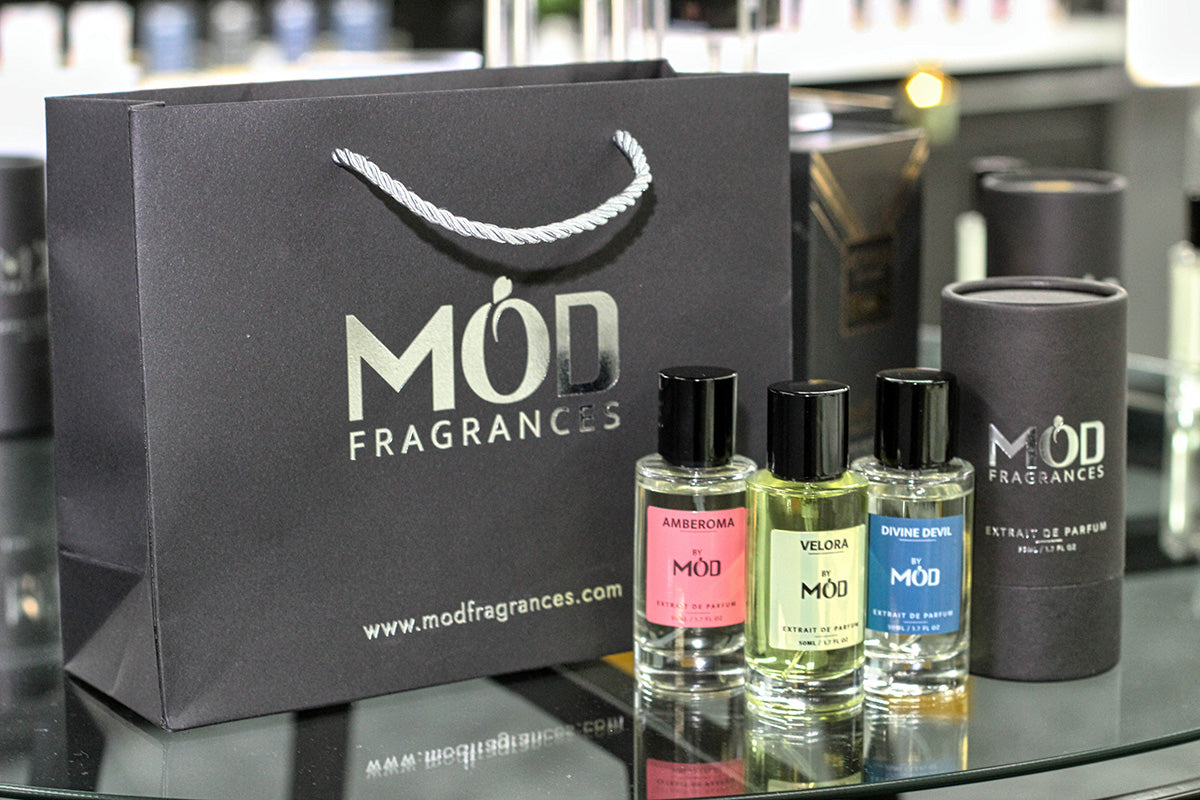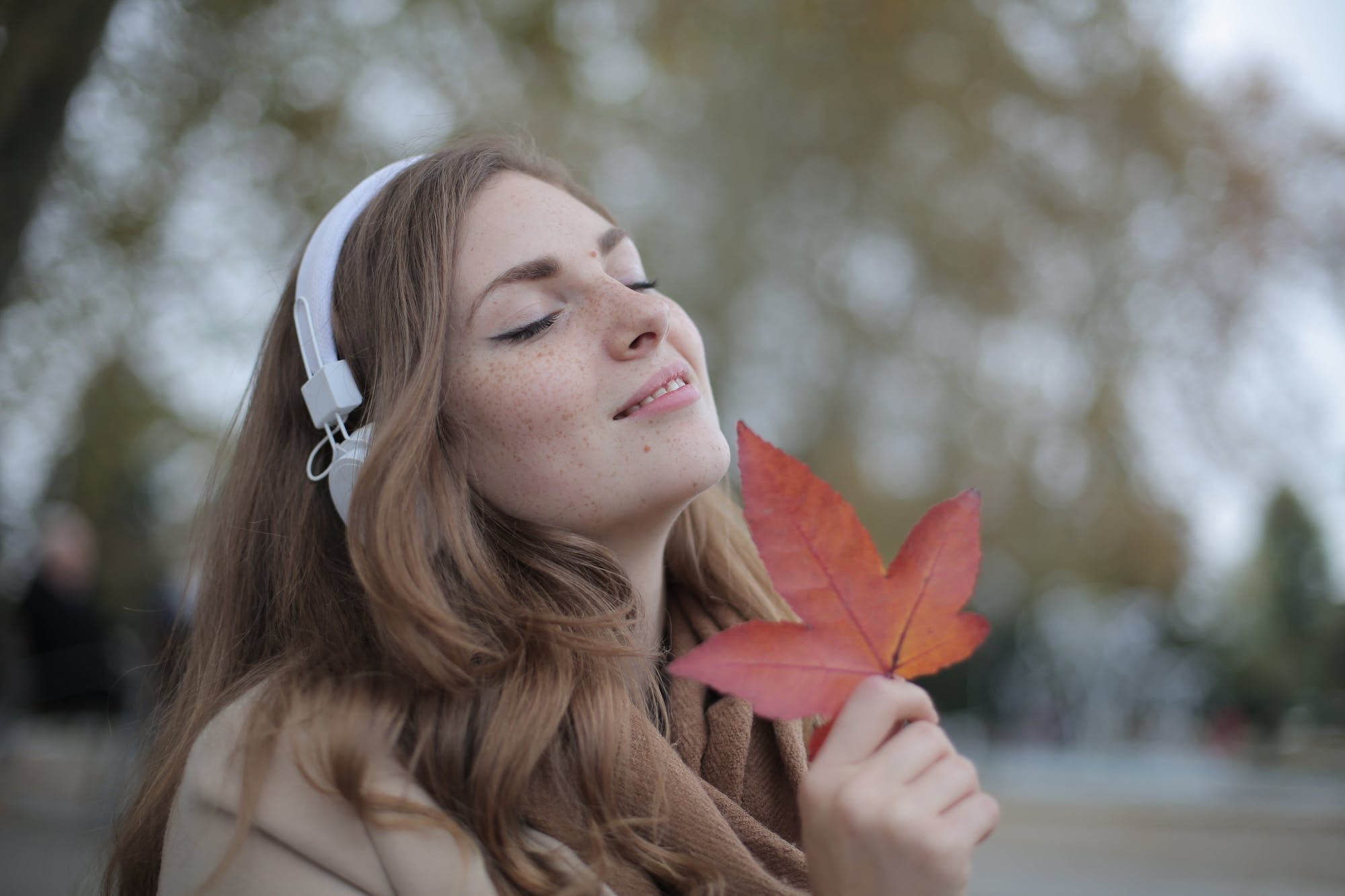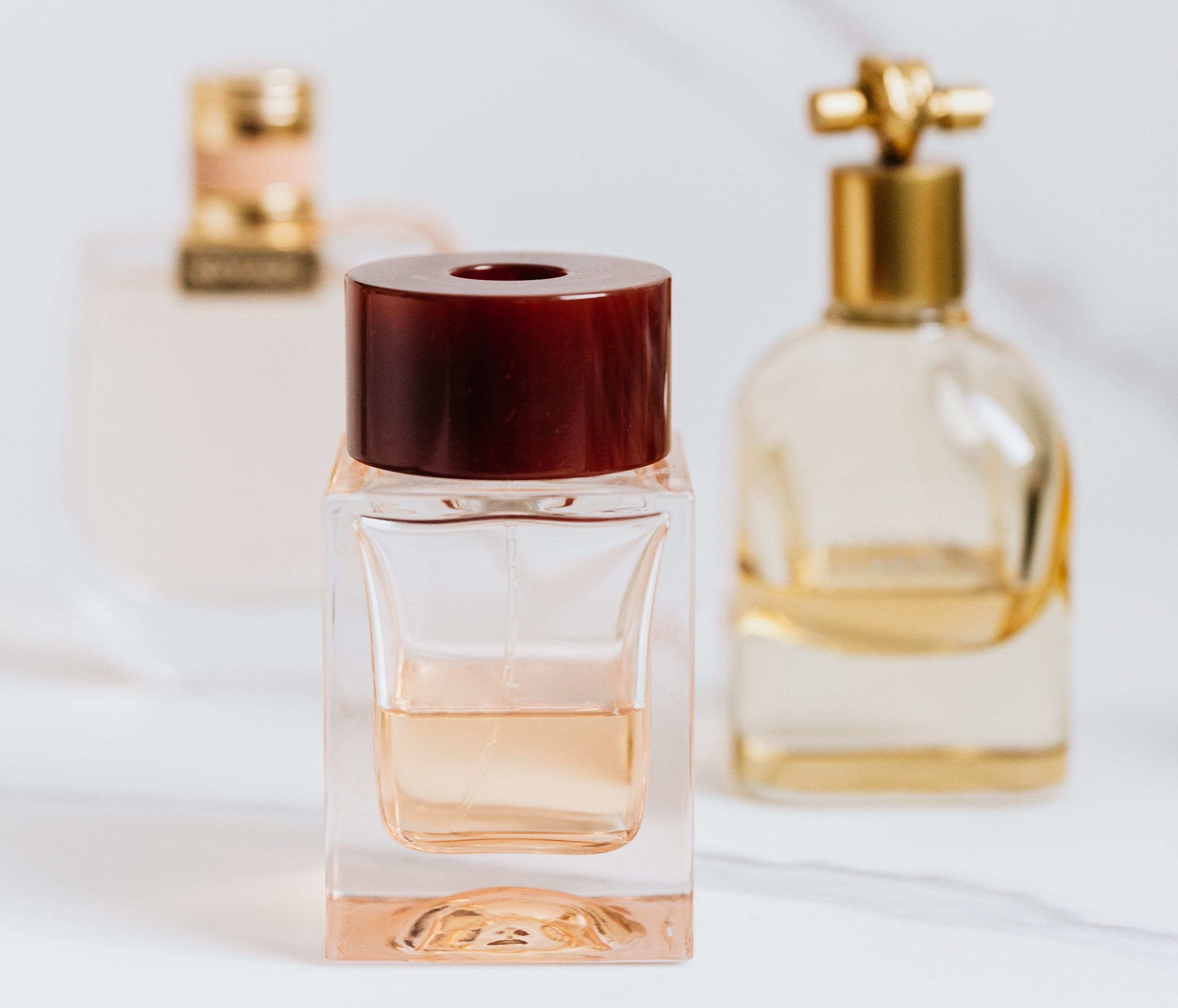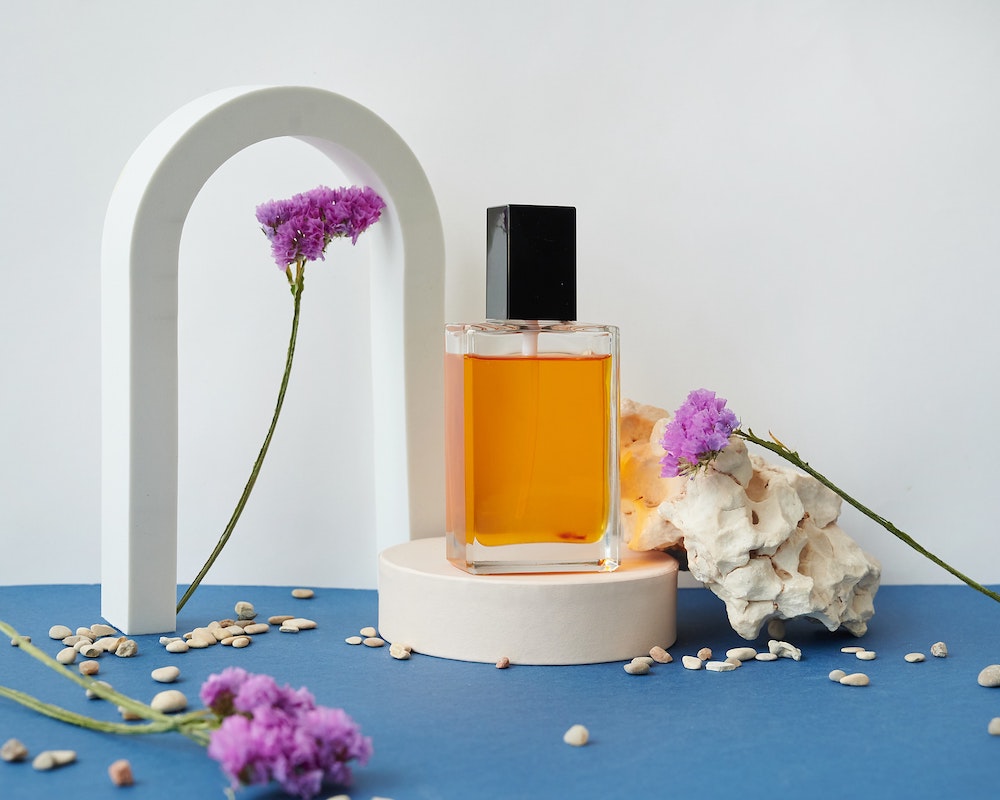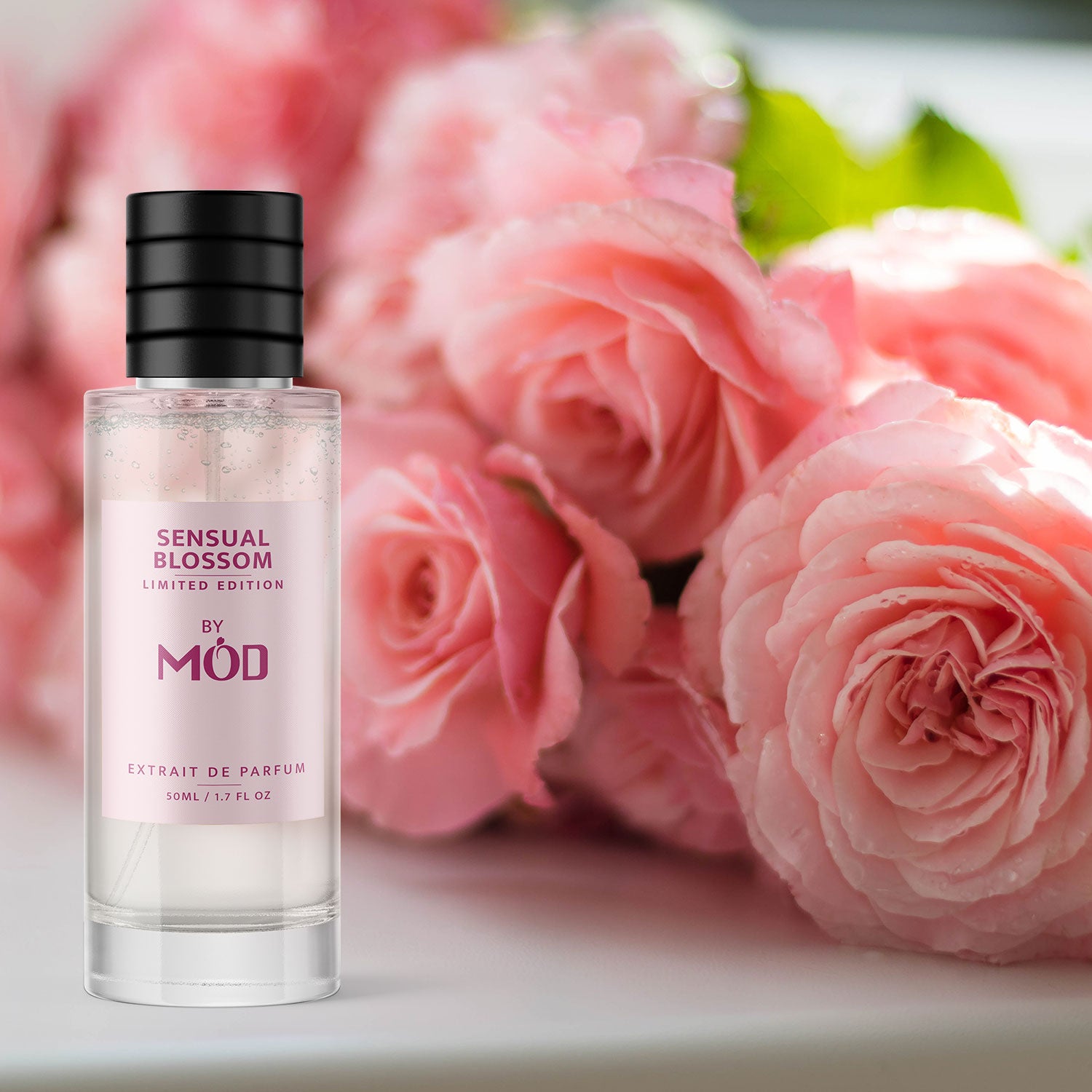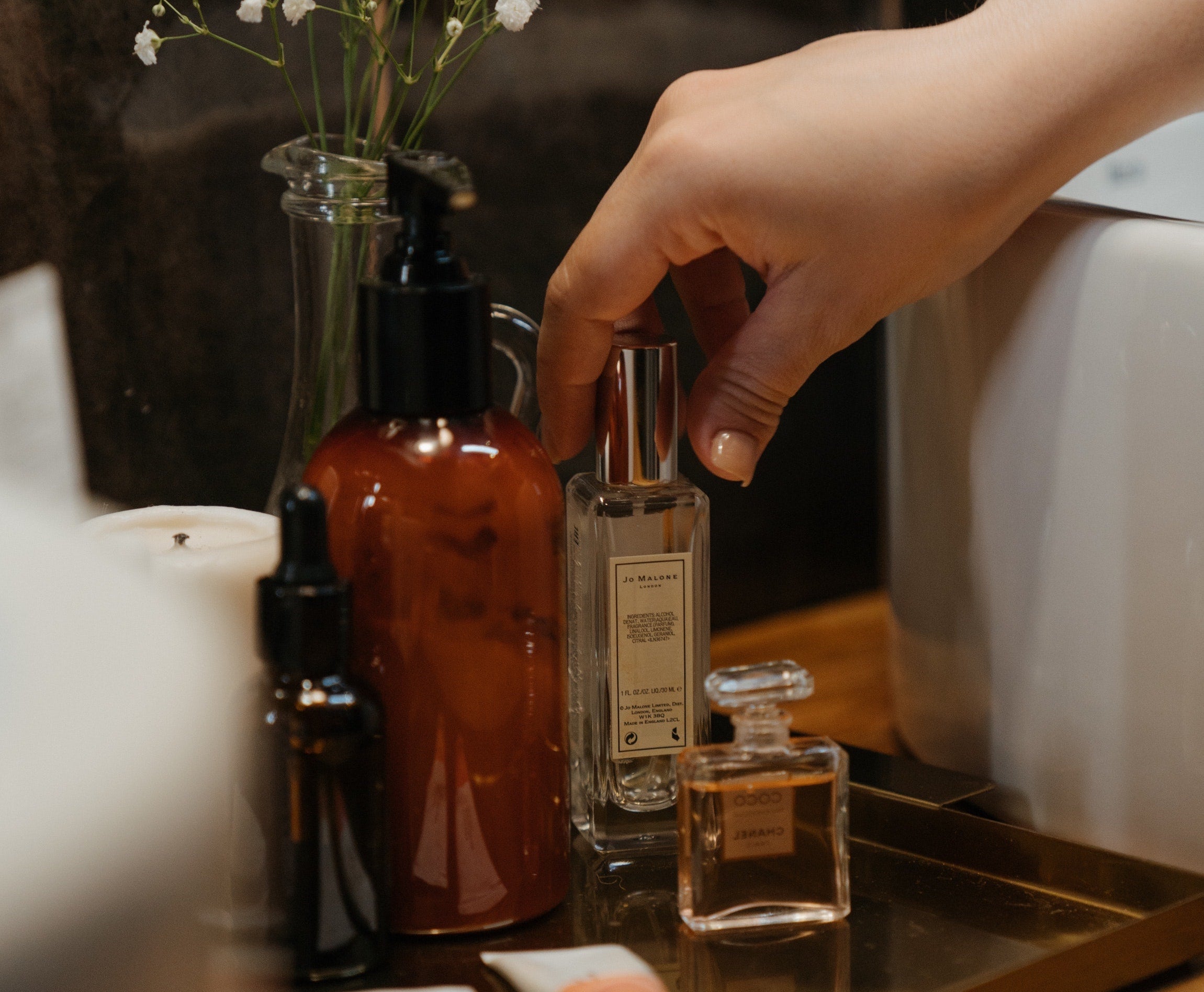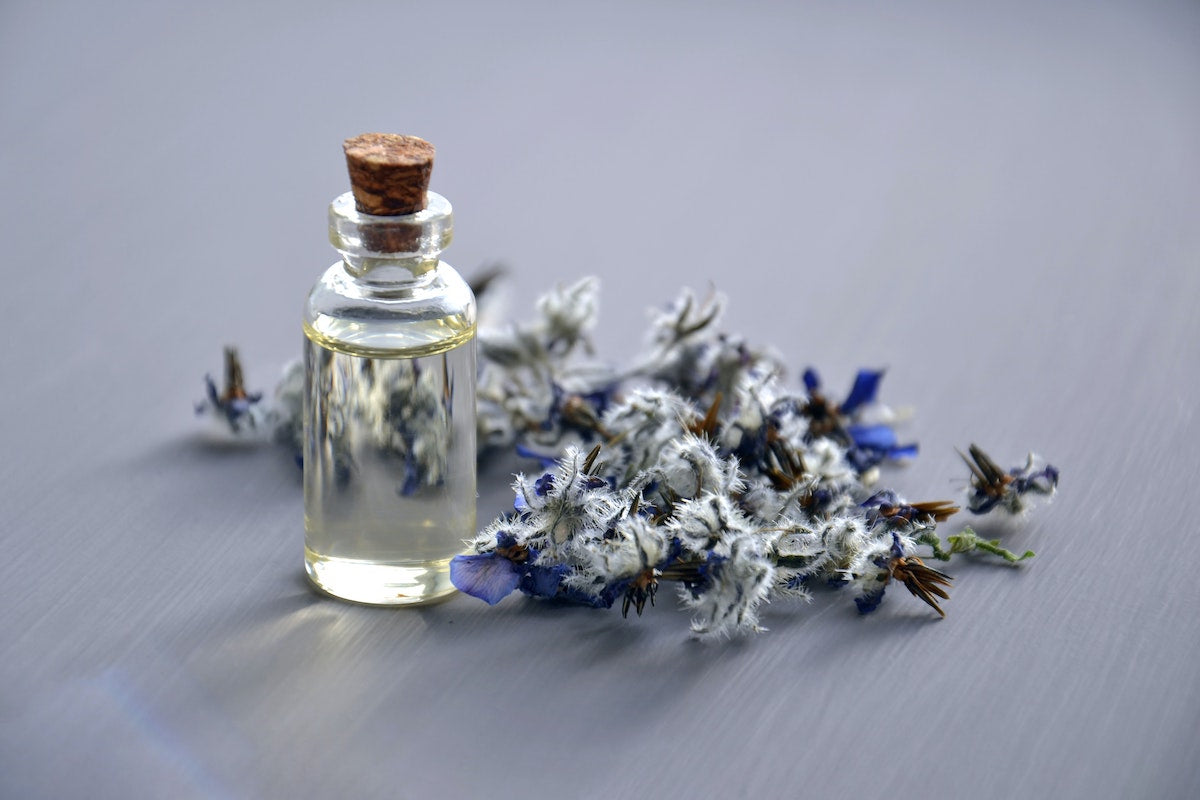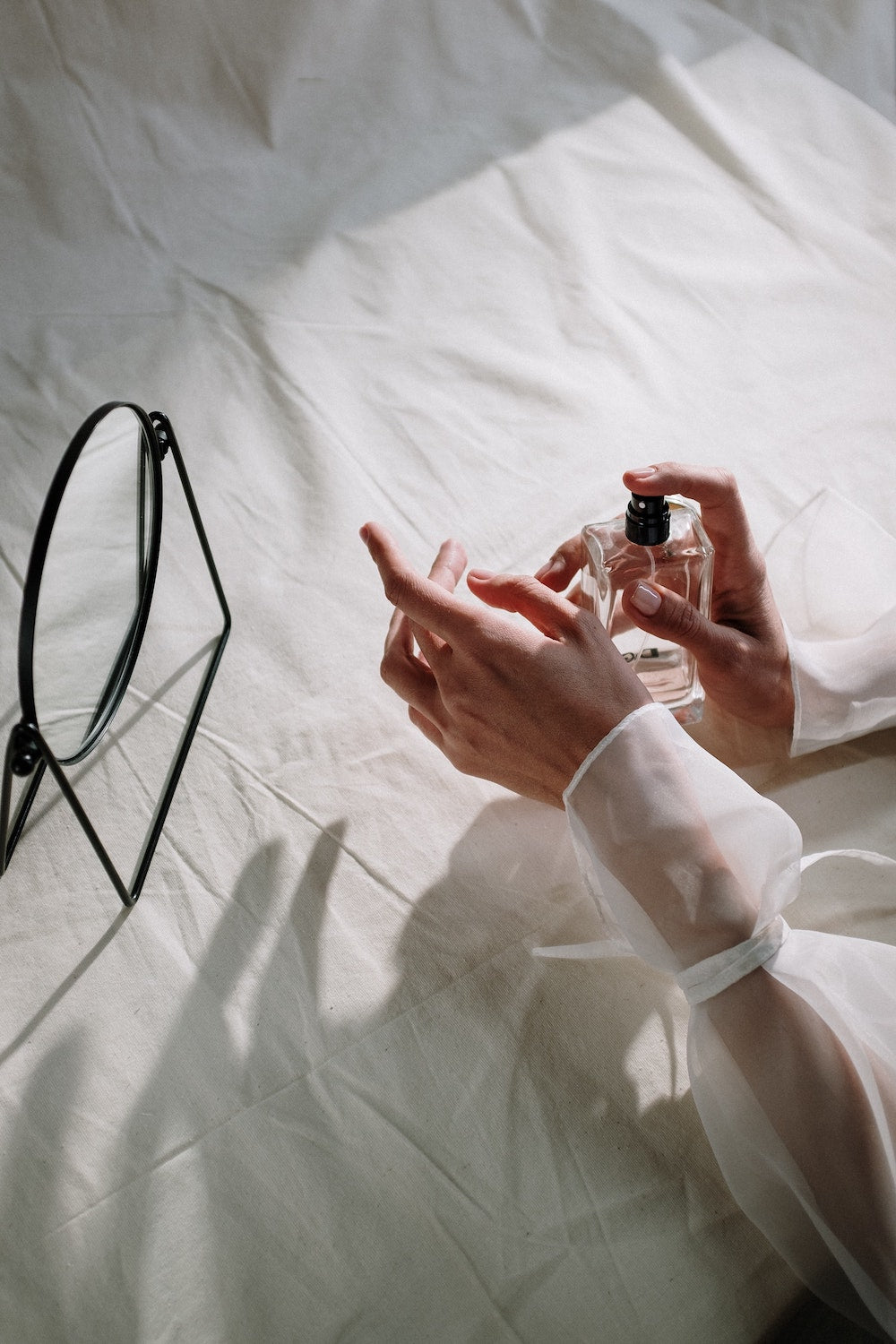
Mastering the Art of Perfume: A Comprehensive Guide on How to Use Perfume
Introduction:
Perfume is more than just a pleasant fragrance; it is an essential accessory that adds a touch of elegance, confidence, and personal expression to our everyday lives. However, understanding how to use perfume effectively can be a bit daunting, considering the variety of scents, application techniques, and longevity factors. In this blog, we will unravel the secrets to help you master the art of perfume, ensuring you leave a lasting impression wherever you go.
1. Choose the Right Perfume:
Before delving into the nuances of perfume application, it is crucial to select a fragrance that suits your personality, occasion, and personal preferences. Explore different fragrance families, such as floral, woody, citrus, or oriental, and test them on your skin to see how they interact with your body chemistry. Opt for perfumes that resonate with your style and evoke the emotions you wish to convey.
2. Apply Perfume to Pulse Points:
Pulse points are areas of the body where the blood vessels are closest to the skin's surface, generating heat and enhancing fragrance diffusion. Applying perfume to these strategic spots will ensure a longer-lasting scent. The most common pulse points include the wrists, neck, behind the ears, inside the elbows, and the back of the knees. Spraying or dabbing perfume on these areas will allow the scent to mingle with your body's natural warmth and emanate a captivating aura.
3. Practice Proper Application Techniques:
To apply perfume like a pro, follow these guidelines:
a) Spraying: Hold the perfume bottle 6-8 inches away from your skin and release a light mist. Avoid saturating the area; a little goes a long way.
b) Dabbing: Apply a small amount of perfume to your fingertip or a cotton swab and gently tap it onto your pulse points. This method allows for precise control over the amount applied.
4. Layering Techniques:
For a more nuanced and long-lasting scent, consider layering your perfume with complementary products from the same fragrance line, such as body lotions or shower gels. Begin with unscented moisturizer to create a hydrated base, then apply the lotion, and finish with the perfume. This layering technique ensures a consistent fragrance experience throughout the day and adds depth to your scent.
5. Mind the Quantity:
While it's tempting to douse yourself in perfume, it's important to remember that less is more. Perfume should be a subtle and captivating presence, not an overwhelming cloud. Start with a light application and allow the fragrance to settle on your skin. If necessary, you can always add a touch more, but be mindful of the surroundings and others' sensitivities.
6. Consider the Occasion:
Different occasions call for different fragrance intensities. Opt for lighter, fresher scents for daytime activities, such as work or casual outings. Save the richer, more intense fragrances for evening events or special occasions. Adapting your perfume choices to the occasion will ensure that you make a memorable and appropriate olfactory statement.
7. Store Perfume Properly:
To maintain the quality and longevity of your perfumes, proper storage is essential. Keep your fragrances away from direct sunlight, extreme heat, and humidity. Store them in a cool, dark place, such as a drawer or cabinet. Avoid storing perfumes in the bathroom, as the heat and humidity can degrade the fragrance.
Conclusion:
Using perfume is an art that requires attention to detail and an understanding of personal preferences. By selecting the right fragrance, applying it strategically, and considering the occasion, you can harness the power of perfume to elevate your style and leave a lasting impression. Experiment with different scents, techniques, and










